Pensions have changed with the most radical overhaul of the rules in our lifetimes. Here we look at the facts and add our commentary on how the changes might affect you.
Change No. 1 – Flexible access to pensions from age 55
From 6th April 2015 you will be able to draw as much or as little from most private pension pots as you like. You can choose to:
- Draw the whole pot in one single payment – 25% tax free with the remainder taxed as income e.g. £100,000 pot – £25,000 tax free lump sum, £75,000 added to existing income and taxed
- Draw 25% tax free lump sum and draw no income from the remainder of the pot e.g. £100,000 pot – £25,000 tax free lump sum, £75,000 remains invested or held as cash to accumulate until needed
- Draw 25% tax free lump sum and draw any chosen level of income
Not all pensions can be drawn flexibly so it is important that existing policies are reviewed properly not least to check if they include valuable benefits such as enhanced tax free cash above the normal 25% level.
Change No. 2 – Reduced limit on pension contributions
If pensions are accessed flexibly after 6th April 2015, the amount that can be paid into pensions will be limited to £10,000. When you flexibly access benefits you must inform any of your pension providers to which contributions are subsequently paid, or face a £300 fine.
Change No. 3 – 55% “death tax” to be abolished
Currently, a 55% tax charge applies if pension funds are passed onto beneficiaries as a lump sum if you have drawn your tax free lump cash or if death occurs after the age of 75. This is to be abolished from 6th April 2015. The tax payable will be determined by age at date of death:
- If death occurs before age 75, no tax payable when the pot is passed on
- If death occurs after age 75, your beneficiary(s) can draw the whole pot less a 45% tax charge. This is planned to be reduced to the recipient’s marginal rate of income tax from 2016/17. There are other options available to certain beneficiaries such as taking over the pension and drawing an income or using the funds to purchase an annuity.
Change No. 4 – Death after buying an annuity – tax cut
When you buy an annuity you can choose for the income to be paid to your spouse or partner after you die (a joint life annuity). You can also choose a guarantee period or value protection – for example, if you buy a 10 year guarantee and die after 2 years, the annuity will be paid for another 8 years to your spouse, partner or beneficiaries.
Currently your spouse, partner or beneficiaries pay income tax at their marginal rate. In the Autumn Statement the Chancellor announced it will be tax free if you die before age 75.
A joint life or dependant’s annuity will be able to be paid to anyone after you die, subject to any restrictions of your annuity provider. On their subsequent death, any value protection or remaining guarantee period can be paid to anyone.
Change No. 5 – Access to impartial advice
Everyone should have access to free guidance to help them make sense of their options at retirement through the Citizens Advice Bureau and The Pensions Advisory Service. It is still not known how the resources will be put into place to provide this service. What is clear is that the service will be to provide guidance and information only rather than tailored advice to individuals’ needs.
Change No. 6 – Retirement ages to increase
The age at which you can draw your pension, currently 55, is set to increase. It will be 57 from 2028 and from then increase in line with the rise in the State Pension age. It will remain 10 years below the State Pension age. This will not apply to Public Sector Pension Schemes for Firefighters, Police and Armed Forces.
Our Comments
The changes bring more choices and a welcome relief of penal rates of tax in certain circumstances. Some will blow their pensions but we can only be in favour of giving the majority, who will make prudent decisions, the control over what they do with their money. However, more choices bring more decisions to be made before and after retirement with more potential outcomes.
A Dispatches documentary aired on Channel 4 last week and asked the question “can people be trusted with their pensions?”. This is the wrong question completely – the question should be “how will people be provided with the right information so they can make the right decisions?”.
When it comes to funding or drawing your pension, you simply cannot be expected to know everything you need to and the jargon filled paperwork you receive from the provider won’t help much. The guidance on offer through the Citizens Advice Bureau and TPAS will be information only. The biggest worry however is that people will rely on this general information. There are also concerns about the capacity of these organisations having only taken on 22 extra staff so far and the adverts for the roles state that no pensions experience is necessary!
A regulated, qualified independent financial adviser can assess your pensions professionally, understand what you are trying to achieve, explain your options in plain English and help you make the right decisions. Yes – you will have to pay for an adviser but is it not better to employ a specialist rather than pay through mistakes?
Talk to the experts at Hine Financial on 0161 438 0022. We provide initial meetings at our cost and without obligation.
* The information provided is based on our current understanding of the Taxation of Pensions Act, the Pensions Scheme Bill, the Autumn Statement and subsequent Treasury announcements as at 15th January 2015. It is a broad summary and does not cover every nuance. You should not take, or refrain from taking, any action based on this information. Tax treatment can change and depends on your circumstances. Unless stated otherwise, all figures apply to the 2014/15 tax year. Please remember, taking money out of a pension will impact standards of living in retirement. This information is not personal advice.




